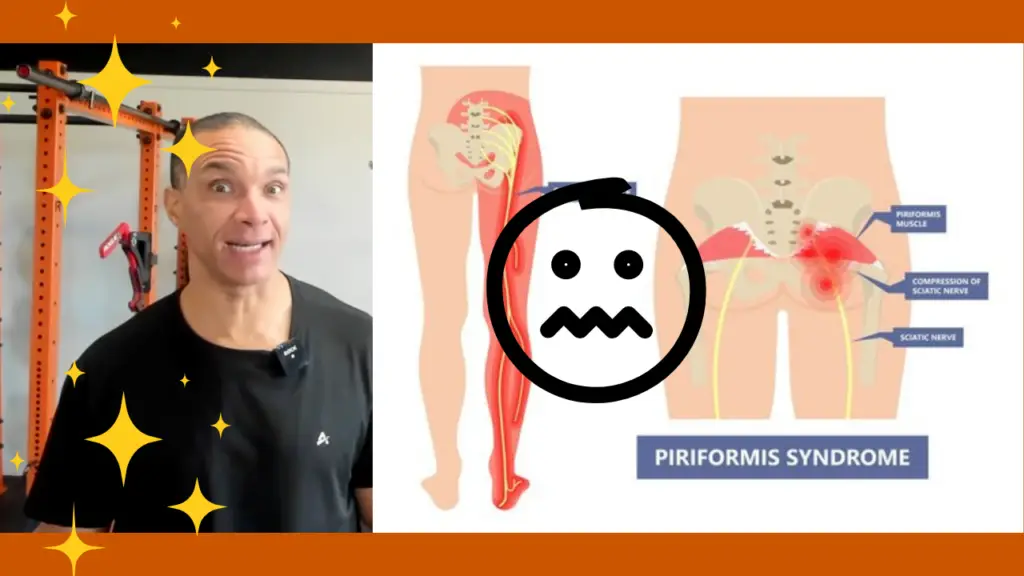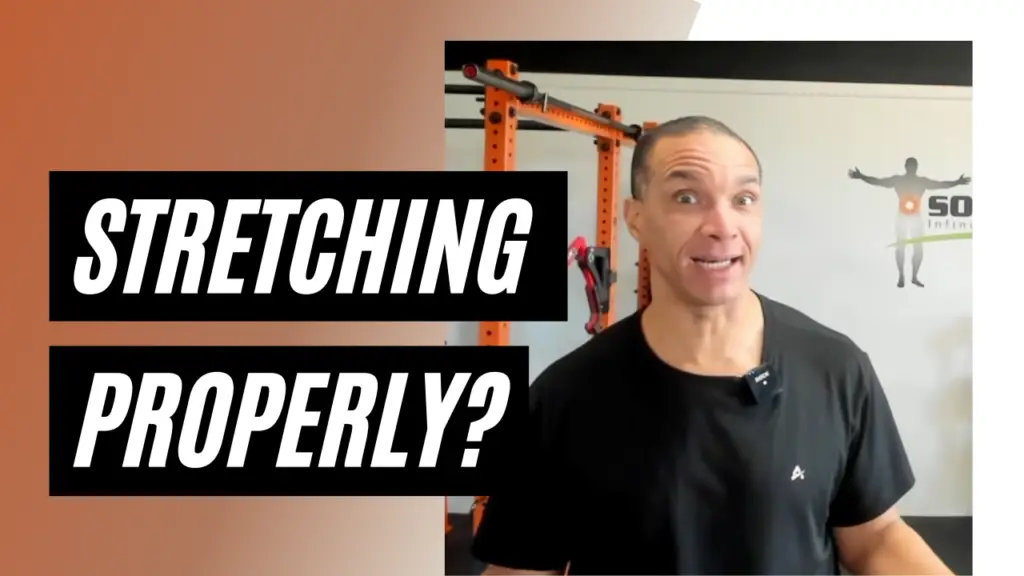
Click to watch the full video
If you’ve struggled with pain deep in your glutes, you may have heard the term piriformis syndrome. Many people confuse it with sciatic nerve pain, and unfortunately, one of the most popular “solutions” — foam rolling with a tennis ball often makes the problem worse.
This article will clarify what piriformis syndrome truly is, how to distinguish it from sciatica, why aggressive rolling can be harmful, and what safe, effective treatment really looks like.
The piriformis is a small muscle deep beneath your glute max. It runs from inside your pelvis to your thigh bone’s greater trochanter. It’s crucial for external rotation of the hip and interacts with your pelvic floor muscles including the obturator internus, coccygeus, and levator ani, affecting pelvic balance, posture, and organ support.
The piriformis exits the pelvis via the greater sciatic notch, sharing a delicate passageway with the sciatic nerve itself. Depending on individual anatomy, the nerve may run above, below, or even through the muscle, which helps explain why piriformis dysfunction is often confused with or causes sciatic-type pain.
It’s vital to distinguish between true sciatica (usually from lumbar spine issues) and piriformis syndrome. Positive results on the straight leg test often indicate nerve root issues from the spine, while the FAIR test (flexion, adduction, internal rotation) and outward foot rotation when lying supine may reveal piriformis-specific problems.
Should you stretch or strengthen the piriformis? In reality, most people need both. The piriformis often becomes both tight and weak. Its action is external rotation — stretching involves internal rotation, and strengthening involves careful, supported external rotation. Always address these needs within the context of whole-body, fascia-oriented chains.
Why is foam rolling a bad idea? The piriformis is layered among sensitive fascia and ligaments with the sciatic nerve dangerously close. A tennis ball cannot target it accurately and risks compressing nerves and delicate structures, often raising inflammation and aggravating your symptoms.
Instead, sustainable treatment for piriformis syndrome demands:
- Professional diagnosis (to exclude spinal causes)
- Targeted stretching and strengthening, done within the body’s connected chains
- Skilled therapy to restore fascial and joint balance
- Avoiding movements and modalities that could worsen irritation
The underlying theme is restoring overall structural balance and function not just “treating one muscle.” If you rebalance how your pelvis and hips work, pain and dysfunction often resolve naturally.
If you’re currently frustrated by piriformis syndrome and repeated failed attempts at relief, it’s time for a change. Respect your body’s architecture and fascia, and choose precise, guided exercises and therapy.
Ready for Relief?
If you’re ready to move beyond pain and get clear on lasting solutions, Book a free consult. On your call, we’ll pinpoint what’s holding you back and build a personalized plan to get you strong, mobile, and pain-free.
it’s not just working out, it’s building a foundation for a better life.
Find out more @

